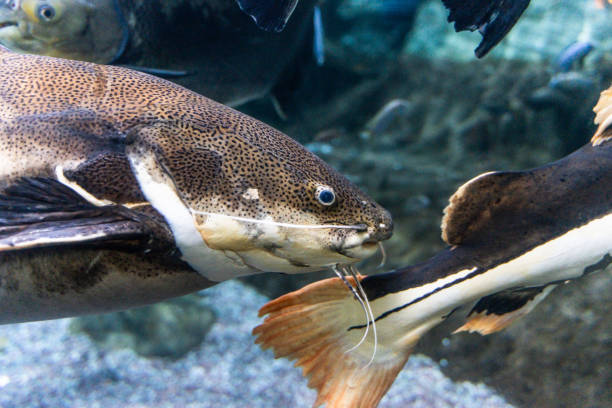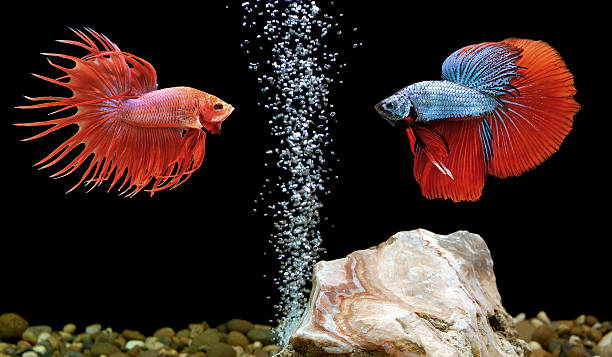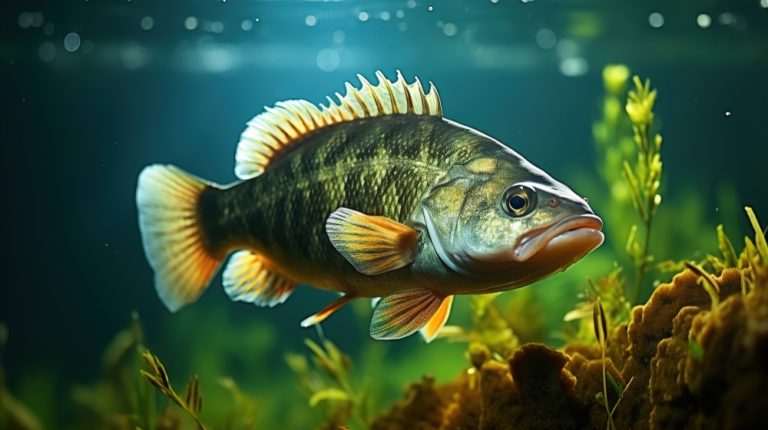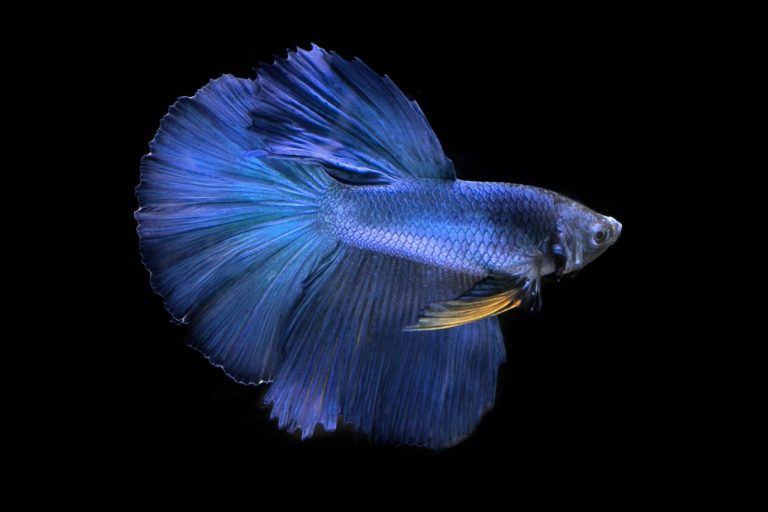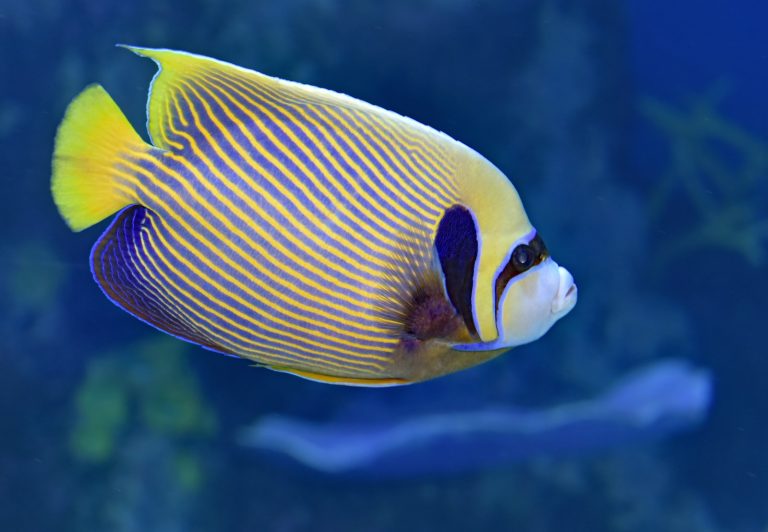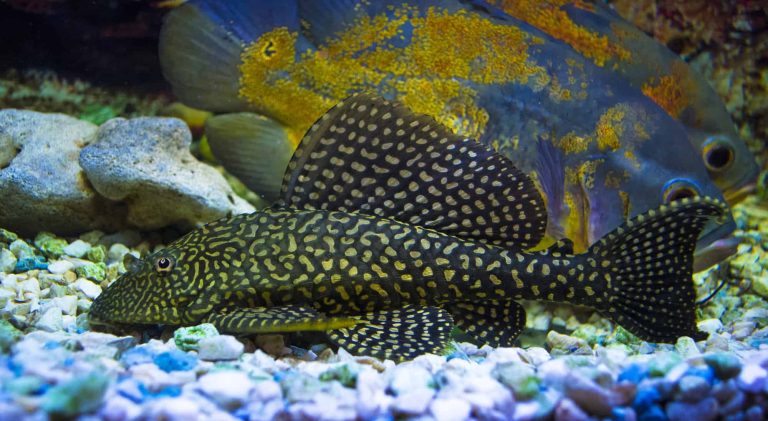If you’re an avid fish enthusiast or simply looking to add a unique and captivating creature to your aquarium, the short body red tail catfish is an excellent choice. This remarkable species, scientifically known as Phractocephalus hemioliopterus, is renowned for its stunning appearance, distinctive behavior, and manageable size. In this comprehensive guide, we will delve into the world of short body red tail catfish, exploring their characteristics, care requirements, and everything you need to know to ensure a thriving and enjoyable experience with these magnificent aquatic creatures.
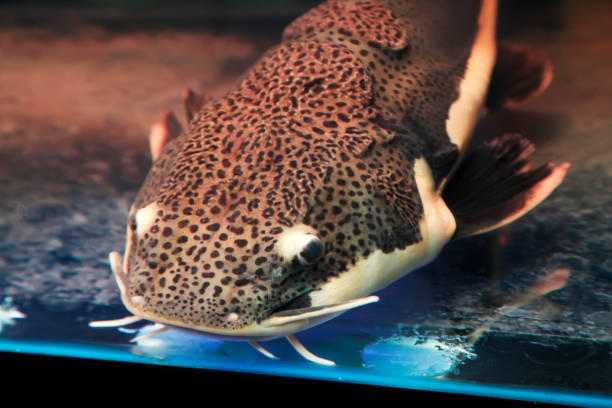
What is a Short Body Red Tail Catfish?
The short body red tail catfish, often referred to as SRTC in the fishkeeping community, is a captivating species of catfish known for its vibrant colors and unique appearance. As the name suggests, their defining feature is the striking red coloration on their tails, which contrasts beautifully with their dark-colored bodies. With their short and stocky body shape, these catfish make a distinct impression in any aquarium setting.
Physical Attributes of Short Body Red Tail Catfish
Short body red tail catfish possess a range of physical attributes that contribute to their allure. They typically grow to an average length of 24 to 36 inches (60 to 90 cm), making them suitable for larger aquariums. Their body is covered in dark-colored scales, providing them with a sleek and elegant look. The vibrant red coloration on their tails intensifies as they mature, making them truly eye-catching specimens. Additionally, they possess long barbels that aid in their search for food.
Habitat and Distribution
Short body red tail catfish are native to the Amazon River basin in South America. They are specifically found in the countries of Brazil, Colombia, Ecuador, and Peru. In the wild, they inhabit slow-moving freshwater rivers, streams, and flooded areas with dense vegetation. These habitats provide them with ample hiding spots and natural food sources.
Tank Setup and Requirements
To provide the best possible care for your short body red tail catfish, it is crucial to create a suitable tank setup that mimics their natural habitat. Here are some key considerations:
Tank Size and Dimensions
Due to their eventual size, it is recommended to house short body red tail catfish in a spacious aquarium. A tank with a capacity of at least 200 gallons (757 liters) is advisable for a single adult specimen. The tank should also have a length of at least 6 feet (183 cm) to accommodate their active nature.
Water Parameters
Maintaining optimal water conditions is essential for the health and well-being of your short body red tail catfish. Aim for the following parameters:
- Temperature: 75-82°F (24-28°C)
- pH Level: 6.5-7.5
- Ammonia and Nitrite Levels: 0 ppm
- Nitrate Levels: Less than 40 ppm
Filtration and Aeration
Due to their size and potential waste production, powerful filtration and aeration systems are necessary to maintain water quality. Consider using a canister filter or a sump system to ensure efficient mechanical, chemical, and biological filtration.
Substrate and Décor
Provide a substrate of fine sand or small gravel to mimic the riverbeds of their natural habitat. Incorporate driftwood, rocks, and aquatic plants to create hiding spots and visual appeal. However, ensure that the decorations are securely positioned to prevent any accidental damage caused by their active nature.
Feeding and Nutrition
In the wild, short body red tail catfish are opportunistic feeders, consuming a variety of small fish, crustaceans, and insects. When kept in captivity, it is essential to replicate their natural diet to ensure their overall health and vitality.
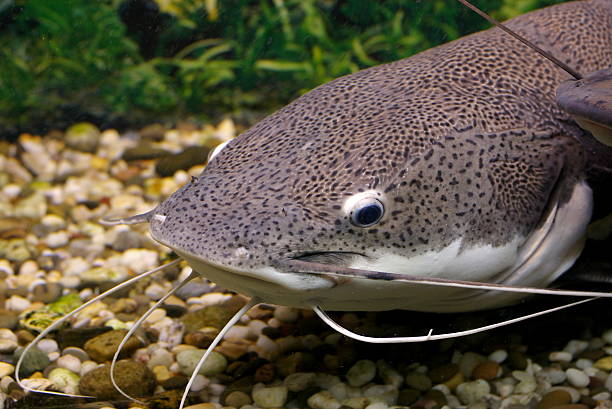
Ideal Diet
A well-balanced diet for short body red tail catfish should consist of:
- High-quality pellets or sinking catfish pellets: These provide essential nutrients and can be the primary food source.
- Live or frozen foods: Supplement their diet with occasional feedings of bloodworms, brine shrimp, and small fish to mimic their natural prey.
Feeding Frequency
Feed your short body red tail catfish once or twice a day, offering an amount of food that they can consume within a few minutes. Avoid overfeeding, as it can lead to poor water quality and obesity.
Behavior and Temperament
Short body red tail catfish exhibit interesting behavior traits that make them a fascinating addition to any aquarium. While they are generally peaceful, their predatory nature should be taken into account when selecting tank mates. These catfish are known to be opportunistic feeders and may attempt to swallow fish that are small enough to fit in their mouths.
Compatible Tank Mates
When choosing tank mates for short body red tail catfish, it is crucial to consider their potential size and predatory nature. Opt for fish species that are of a similar size or larger to reduce the risk of them becoming prey. Some suitable tank mates include:
- Large cichlids, such as Oscar fish (Astronotus ocellatus)
- Arowanas (Osteoglossum spp.)
- Large tetras, such as Buenos Aires tetras (Hyphessobrycon anisitsi)
Avoid keeping them with smaller, more docile fish that may become targets for predation.
Breeding Short Body Red Tail Catfish
Breeding short body red tail catfish in captivity can be a challenging endeavor, as it requires specific conditions and expertise. Additionally, they reach sexual maturity at a relatively large size, making it necessary to have a suitably sized breeding tank. Due to the complexity of the breeding process, many fishkeepers opt to leave breeding to experienced breeders and focus on providing excellent care to their existing specimens.
Common Health Issues
Like any other fish species, short body red tail catfish can be susceptible to certain health issues. Here are a few common problems to be aware of:
Ich (White Spot Disease)
Ich is a parasitic disease that manifests as small white spots on the fish’s body and fins. It can be treated with medication and by adjusting water parameters to stress the parasites.
Fin Rot
Fin rot is a bacterial infection that causes the fins to deteriorate, leading to fraying and discoloration. It can be prevented by maintaining pristine water conditions and treated with antibiotics if necessary.
Dropsy
Dropsy is a condition characterized by fluid retention and swelling in the fish’s body. It is often a symptom of an underlying issue, such as bacterial infection or organ failure, and requires prompt veterinary attention.
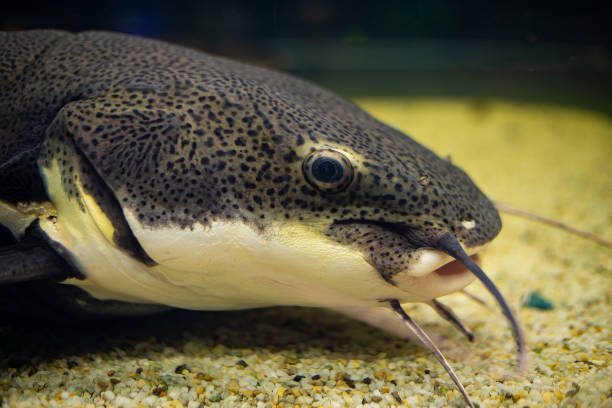
Tips for Successful Short Body Red Tail Catfish Care
Proper care and attention are vital for the well-being of your short body red tail catfish. Here are some essential tips to ensure their success in your aquarium:
- Research and Understand: Before acquiring short body red tail catfish, thoroughly research their care requirements, behavior, and compatibility with other fish species.
- Provide Adequate Space: As these catfish can grow quite large, ensure that your aquarium size is suitable to accommodate their adult size comfortably.
- Maintain Water Quality: Regularly test water parameters and perform necessary water changes to keep the environment clean and free from toxins.
- Monitor Feeding: Avoid overfeeding your catfish to prevent obesity and maintain good water quality. Feed a varied diet to provide essential nutrients.
- Observe Tank Mates: Keep an eye on the interactions between your catfish and other tank mates to ensure compatibility and prevent aggression or predation.
- Decorate Thoughtfully: Choose tank decorations and hiding spots that provide security for your catfish while allowing them ample swimming space.
- Keep Filtration System Efficient: Invest in a reliable filtration system that can handle the waste produced by your catfish and maintain optimal water conditions.
- Perform Regular Tank Maintenance: Regularly clean the aquarium, remove debris, and trim plants to prevent water quality issues and promote a healthy environment.
- Observe and Learn: Spend time observing your catfish’s behavior, eating habits, and overall health to detect any potential issues early on.
- Seek Professional Help: If you encounter any health concerns or are unsure about the well-being of your catfish, consult with an experienced aquatic veterinarian.
Frequently Asked Questions (FAQs)
Q: Can short body red tail catfish be kept in a community tank?
A: While short body red tail catfish can coexist with other fish species, it’s important to select tank mates that are of similar size or larger to avoid predation.
Q: How long do short body red tail catfish live?
A: With proper care, short body red tail catfish can live up to 15 years or longer in captivity.
Q: Do short body red tail catfish require live food?
A: Short body red tail catfish can thrive on a varied diet that includes high-quality pellets. While live or frozen foods can be offered as supplements, they are not essential for their overall health.
Q: Are short body red tail catfish suitable for beginners?
A: Due to their large size and specific care requirements, short body red tail catfish are better suited for experienced fishkeepers.
Q: Can short body red tail catfish be kept in a planted tank?
A: Yes, short body red tail catfish can be kept in a planted tank. However, ensure that the plants are securely rooted, as these catfish can be quite active and may displace or uproot them.
Q: Are short body red tail catfish aggressive?
A: While short body red tail catfish are not inherently aggressive, they are opportunistic feeders and may exhibit predatory behavior towards smaller tank mates.
Conclusion
The short body red tail catfish is a captivating species that can bring a touch of elegance and uniqueness to any aquarium. By understanding their needs and providing proper care, you can enjoy the beauty and grace of these remarkable creatures. Remember to research thoroughly, create an appropriate tank setup, and monitor their health and behavior regularly. With the right knowledge and attention, your short body red tail catfish will thrive and become a prized addition to your aquatic collection.
